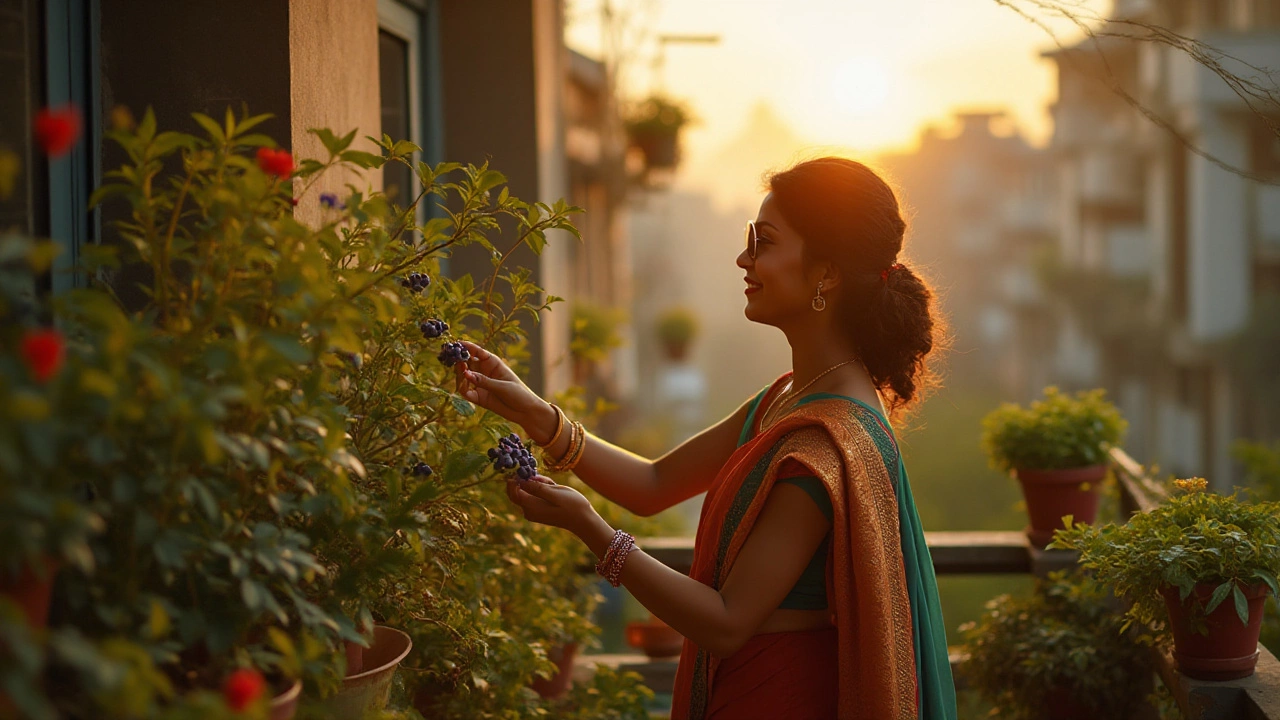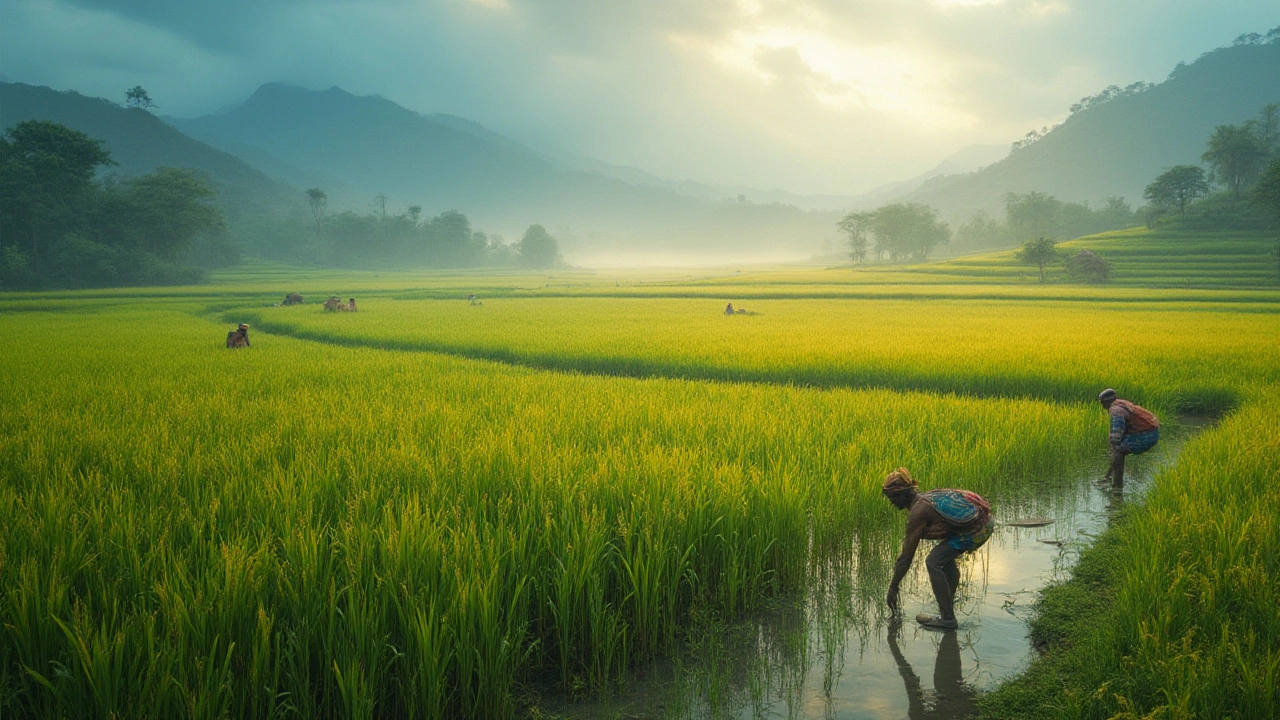India Seasonal Plants: Your Go‑to Guide for Growing Success
When working with India seasonal plants, plants that thrive during specific Indian seasons such as monsoon‑time rice, winter millets, or summer okra. Also known as regional seasonal crops, it forms the backbone of local food security and garden beauty across the country's diverse climates. India seasonal plants encompass a wide range of species, each linked to a climate zone and a planting calendar. They require no‑till gardening, a soil‑preserving method that boosts organic matter and reduces erosion to keep soil structure intact during heavy rains, and they benefit from drip irrigation, a water‑efficient system that delivers moisture directly to roots especially in water‑stressed regions. Urban dwellers often turn to container gardening, growing seasonal varieties in pots or trays to adapt to limited space, which lets them enjoy fresh produce even in city apartments. The relationship is clear: selecting the right seasonal plant, applying no‑till practices, and using drip or container methods creates a resilient, productive garden that respects local resources.
Key Practices That Boost Seasonal Success
Understanding the timing of each season is the first step. In the monsoon zone, crops like rice, soybeans, and watermelon need high soil moisture; here, drip irrigation paired with soil‑moisture sensors ensures you don’t over‑water when rains arrive. In the cooler northern plains, wheat, mustard, and barley demand a well‑drained, fertile bed—no‑till techniques prevent soil compaction after the heavy winter rains. For the hot, dry Deccan plateau, millets and sunflowers thrive when you combine mulching with low‑flow drip lines to keep roots cool. Across all zones, testing soil moisture before watering, as highlighted in our "Should I Water My Container Garden Daily?" guide, saves water and prevents root rot. Adding organic compost during the planting window enriches the soil, while rotating crops each season disrupts pest cycles and maintains soil health. These practices—soil testing, compost addition, crop rotation, and targeted irrigation—form a simple checklist that any gardener can follow, whether you’re tending a 2‑acre farm or a balcony pot.
Below you’ll find a curated collection of articles that dive deeper into each of these topics. From expert watering schedules for container gardens to step‑by‑step drip‑irrigation installation, and from the benefits of no‑till methods to the most in‑demand flowers for each Indian festival, the posts are packed with actionable tips you can apply right away. Browse through the list to fine‑tune your seasonal planting plan, master water management, and grow healthier, more productive plants all year long.
Discovering India's National Flower: The Lotus
The national flower of India is the Lotus, a symbol of purity and beauty that holds great cultural and historical significance. Found widely across India, this vibrant bloom isn't just visually stunning; it plays an important role in Indian traditions and art. As a seasonal plant, the Lotus thrives in wetland areas, making it a prominent sight during the monsoon. The flower is not just celebrated for its appearance but also for its ability to adapt and bloom in muddy waters, embodying resilience.
- manufacturing
- India
- food processing
- garden tips
- rice cultivation
- government schemes
- balcony garden
- urban gardening
- balcony gardening
- profitable business
- business ideas
- plastic manufacturing
- drip irrigation
- plant care
- steel manufacturing
- sustainable gardening
- startup ideas
- steel industry
- flower gardening
- textile manufacturers






